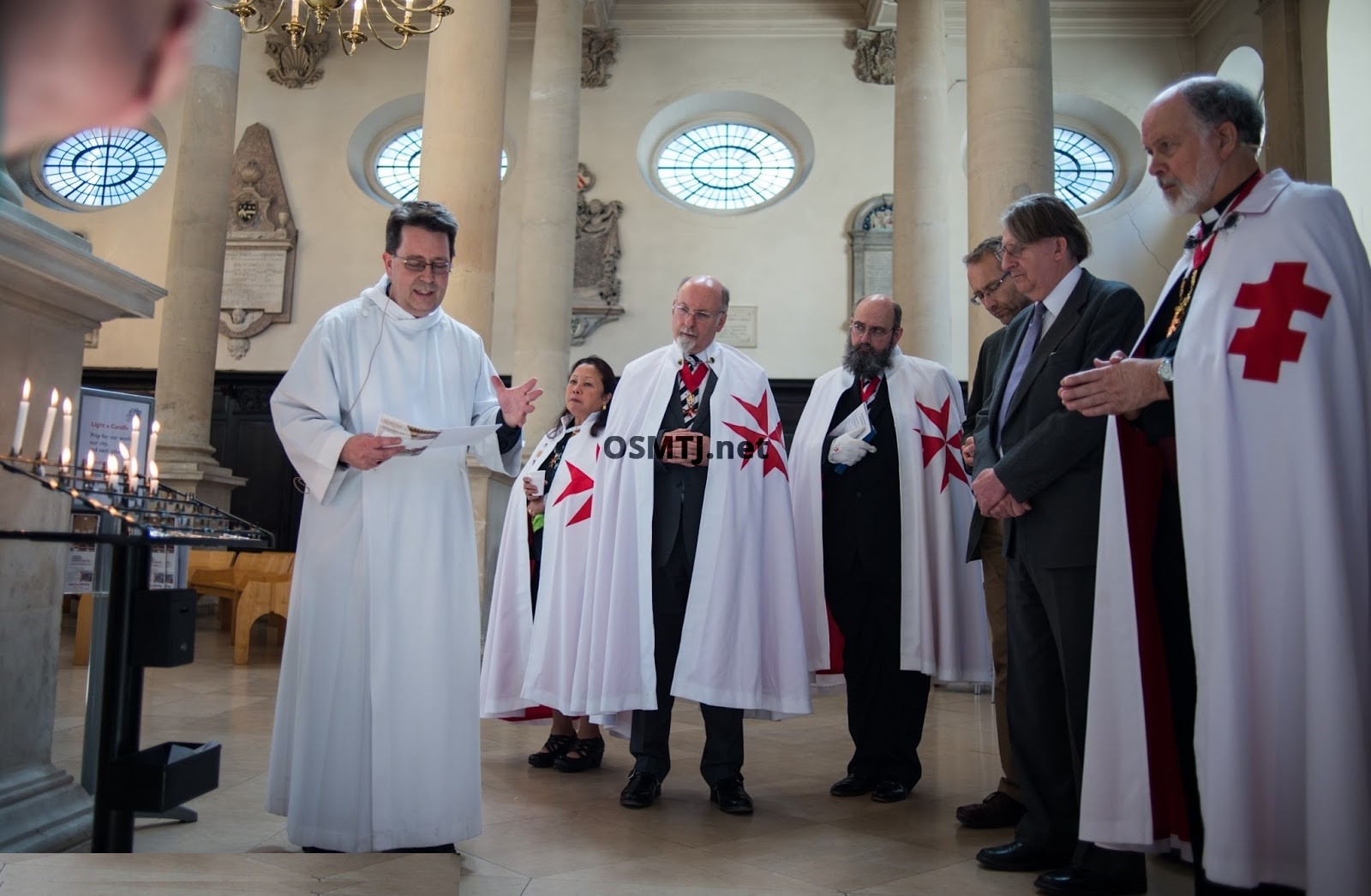The Catholic Church’s Views on the Knights Templar
by Tasha Brandstatter
The Knights Templar, one of the most unique monastical orders in Church history, was famously abolished after being found guilty of heresy in 14th century France. Therefore it may come as a surprise that the Catholic Church’s views on the Order today are very positive. The reason for this lies in the complex politics surrounding the Order’s persecution, and in documents recently discovered in the Secret Vatican Archives.
Origins
The Poor Fellow-Soldiers of Christ and of the Temple of Solomon, usually known as the Knights Templar, were a unique monastic order of warriors, founded in Jerusalem in 1119 or 1120. With the conquest of Jerusalem in 1099, Christians in Europe were able to pilgrimage to the Holy Land, but they faced many dangers along the way from thieves and marauders, of Saracen origin and otherwise. The Knights Templar dedicated themselves to protecting Christian pilgrims, as well as to defending the Holy Land from non-Christian forces. In doing so, some historians believe they were the first formally organized European military force since the fall of the Roman Empire.
Accusations of Heresy
With the loss of the Holy Land in 1291, the Knights had to relocate their headquarters from the Temple in Jerusalem back to Europe, where they quickly ran into conflicts with King Philip IV of France, who suggested they merge with his personal army. When the Knights refused, Philip, who was also deeply in debt to them, leaped upon the opportunity to arrest them for heresy on the words of a former Templar named Esquin de Floryan, who claimed that they performed sodomy and spit on the cross, among other charges. Every Knight in France was arrested on October 13, 1307.
Suppression
Contrary to popular belief, Pope Clement V did not find the Knights guilty of heresy. Instead, it was Archbishop Philip de Marigny of Sens, a brother of one of Philip IV’s ministers, who found them guilty and sentenced them to burn at the stake. Five years later, Clement V, who lived in Poitiers and was a relative of the King’s, issued a Papal bull of suppression against the Templars and abolished the Order, calling them, “brothers… who have lapsed into sin of wicked apostasy, the crime of detestable idolatry and the execrable outrage of the sodomites.”
Chinon Parchment
In 2001, historian Barbara Frale found a document in the Secret Vatican Archives called the Chinon Parchment, which proved that Pope Clement V absolved all the members of the Knights Templar of charges of heresy in 1308, and only issued his Papal bull of suppression for the Order because of political pressure from King Philip and the threat of scandal. Because of this document, the official Vatican viewpoint on the Order of the Knights Templar in modern times is that they were wrongly persecuted and innocent of the charges against them.

